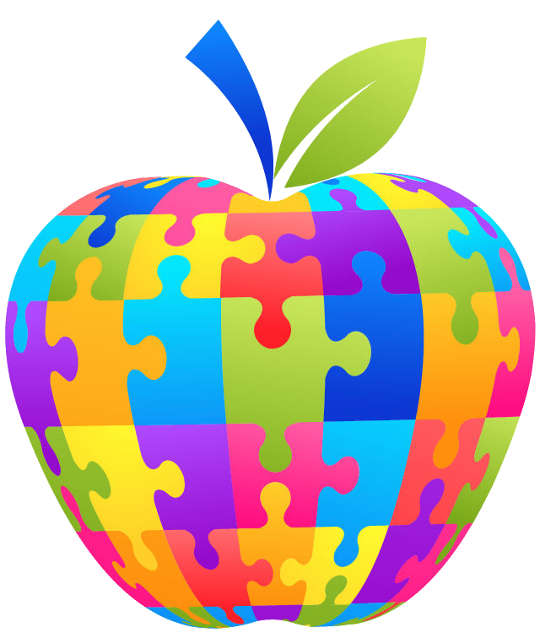Artwork and Prepress Requirements
Blue Line Labels has 4 full time graphic artists with different design abilities based on your needs. If you have a need for designer to help brand the look and feel for your company, give us your vision and send a picture for inspiration. We will need to know if your logo design is for screen printing (line art will be needed) or for a label (4 color process). This will take several revisions until we can achieve what you like but having clear direction from you will make the process go faster.
Here are the steps on how Blue Line Labels can help create your companies logo.

Logo Sketch
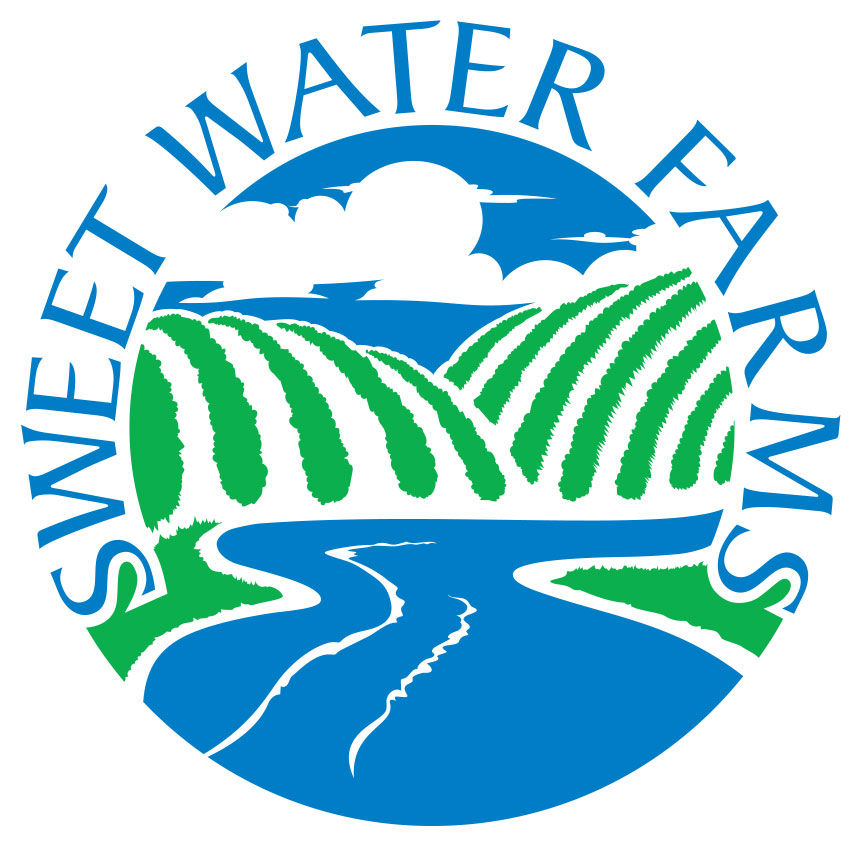
Logo with 2 Colors
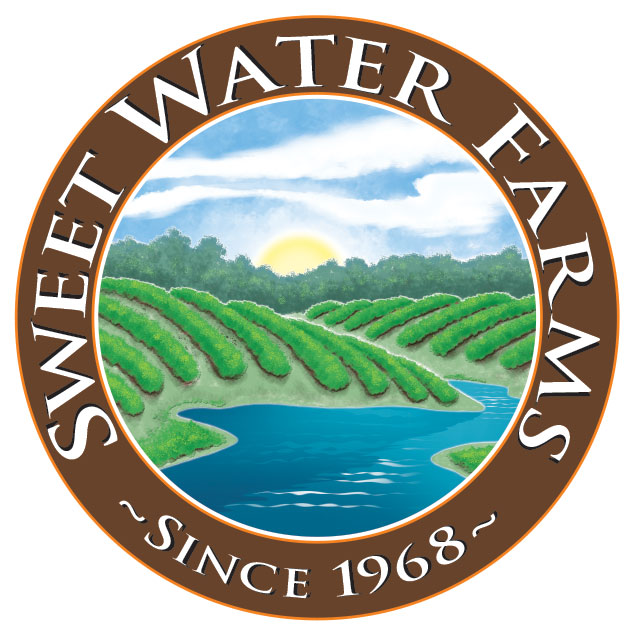
Logo 4 color and redrawn
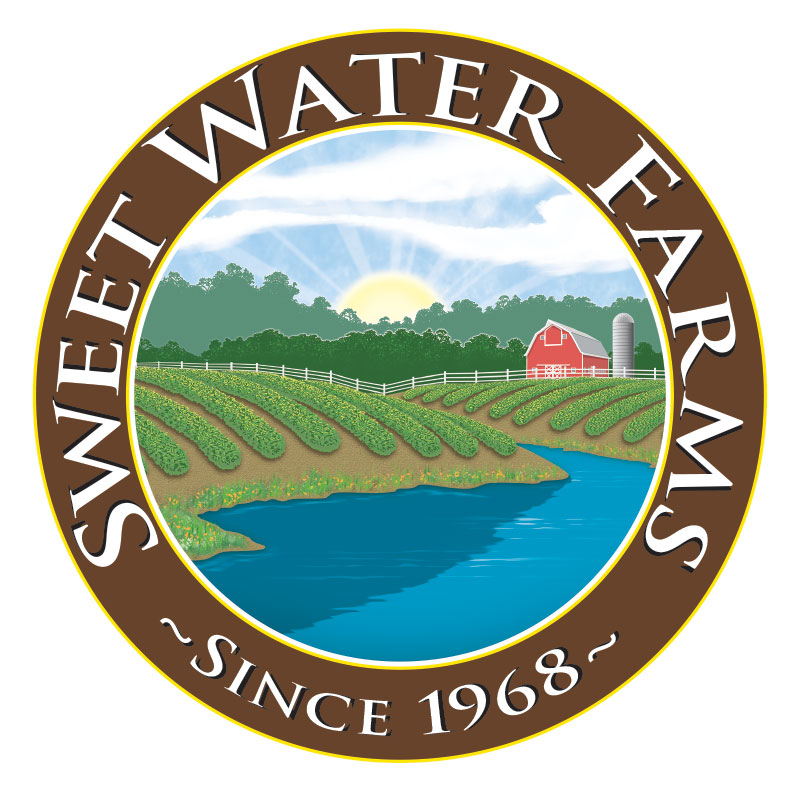
Final CBD Logo Approved with Barn
Supported Applications & File Formats to Upload
- Adobe Acrobat PDF (.pdf)
- Adobe InDesign (.id, .eps or .pdf)
- Adobe Photoshop (300 dpi or higher) (.psd, .jpeg or. tiff)
- Adobe Illustrator (.ai, .eps or .pdf)
- QuarkXPress (.qxp, .pdf)
File Resolution
Any raster artwork needs to be at least 300 dpi.
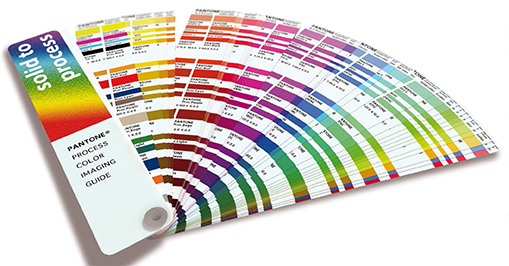
Placed Images
You will get the best results when you include images with your file, instead of placing or embedding them. Placed images often allow enough information for a preview of an image but do not contain the proper information to print the graphic at a higher resolution. Embedded images are not editable. In order for images to print in high resolution and to allow for edits, we highly suggest including the graphic files separately.
Vector vs. Raster
When submitting art for spot color orders, use vector graphics over raster graphics for the best quality. This allows images to be easily manipulated and editable. Colors used in vector graphics are solid, without variation. Since vector graphics are mathematically based, resolution is never an issue.
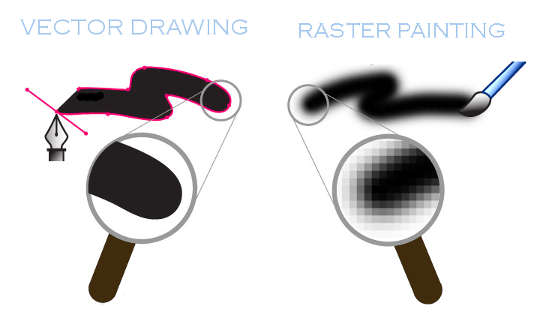
Fonts
If the fonts have not been converted to curves, paths or outlines include both printer and screen fonts used by your document.
Bleeds
If there are images or color blocks that “bleed” (extend to the edge of the label), then we require an extra 1/8″ image past the label edge to ensure the image or color meets the label edge. All other text and graphics should be contained within a 1/8″ print margin inside the label edge.
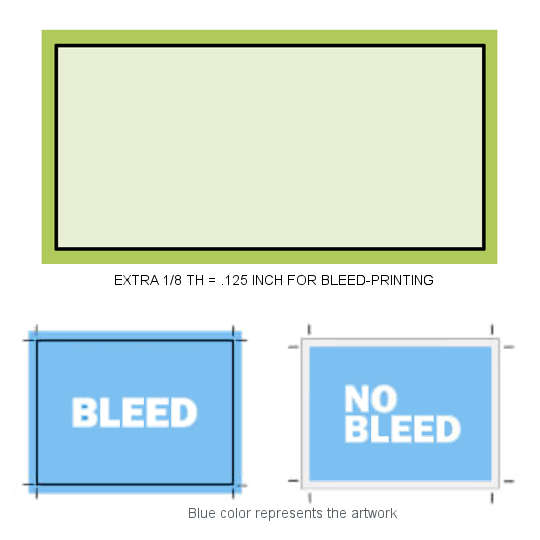
Lines Per Inch
Our plates have an ideal line screen range of 65 to 150 lines per inch. Electronic art can be printed at a lower screen to achieve a desired coarse effect. Unless you specify otherwise, we will output your file at 133 lines per inch.
Compressing & Combining Files
For the best results, we recommend that you compress your files before uploading, especially if they are large. Compressing files provides for easy downloads and takes up less space. They are also less susceptible to file corruption than files that have not been compressed. StuffIt Deluxe from Aladdin Systems is a good compression program. You can also use file-sharing options such as yousendit.com and Dropbox. Examples of compressed files are .zip and .sit files. Please include all fonts and images when you upload your files.
Spot Colors
With spot color printing, each different color requires its own plate. A one-color job requires one plate; a two-color job requires two plates, and so on. Each plate is responsible for applying one color. These single colors are referred to as spot colors. Your art must be set up accordingly.
Most graphics applications have a standard color menu that lists common spot colors (such as black, red, blue, yellow, etc.). Many programs allow you to import spot colors from real-world color-matching systems. The most widely used color-matching system by designers is the Pantone Matching System.
When using either standard colors or imported colors, please make sure the colors match for different elements in your file. For example, your imported green is the same as your standard green. A common pitfall is to assume that colors that look identical on the screen are equal. To make sure that your art is properly separated; print your color separations to a printer. We print black and white separations for every electronic art file we receive to guarantee that the art is set up correctly. If your art is not set up and separated correctly, your project will be delayed.
Screens & Graduated Screens
For spot color labels, we can print screens anywhere from 2% to 80%.For 4-color process labels, we can print screens anywhere from 2% to 100%.
This information applies to screens (tints) and also graduated screens.
Vignettes & Color Mixing for 4-color process labels
By contrast, the 4-color process we use for full color labels is all about mixing colors — cyan, magenta, yellow and black (CMYK) — to achieve the desired color output. Mixing is no issue.
Vignettes & Color Mixing for spot color labels
We do not recommend mixing colors on a spot color label. Due to the nature of spot color printing on a flexographic press, attempting to mix colors can sometimes produce unpredictable results. Flexography uses water-based inks that do not mix well and can result in a “muddy” or dull label image. This not only applies to one solid color mixing with another solid color, but also vignettes or color blending.
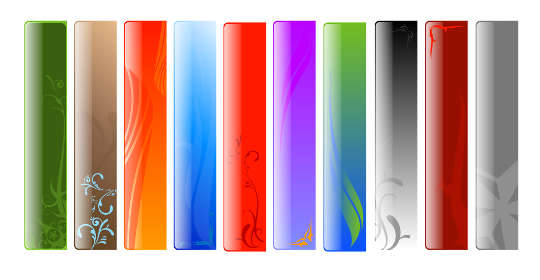
AnyShape
A vector die line must be provided for AnyShape labels. Art must fit within die line with a 1/16″ margin. If the label is meant to bleed, include an extra 1/16″ of the artwork outside the die line. Bleeds may have a thin white line around label edge. This is more noticeable on bleeds that are dark. Be mindful that labels with intricate cuts can tear easily on paper stocks. We encourage adding lamination to strengthen the label and help prevent tearing.
Layout/Typesetting/Imaging Services Rate
Page assembly, creation of graphic files and typesetting will be invoiced at
$65/hour when files submitted do not meet Blue Line Labels output requirements
Call Blue Line Label at 954-969-9500 to get started
